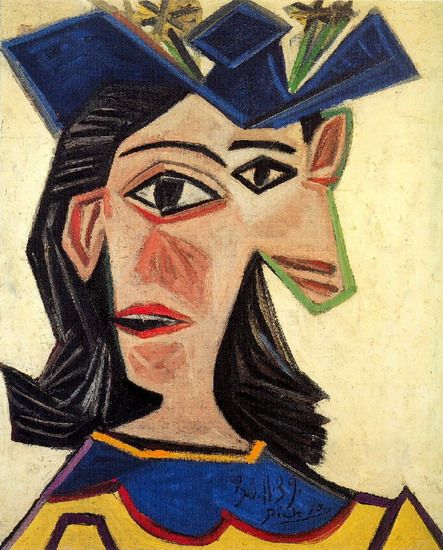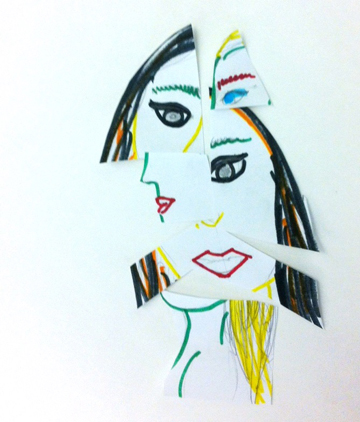AREAS OF KNOWLEDGE:
HISTORY
DRAW HISTORY
How Would You Draw History?
Drawing by Jane Irish from New York Times: Nov 19, 2018
A TOK CLASSIC!
“Draw History” is a traditional TOK activity in IB schools around the world. It can be astonishingly generative. I first saw it 30 years ago at the Washington International School during a CIS accreditation visit.
Draw History is guaranteed to get students thinking out of the box and will provide a pool of reference points for understanding history as an Area of Knowledge, and as an existential essential. Student drawings from my own classes over the years have included: an entropy-driven arrow of time; points of order and connectivity in a sea of chaos; the "fall" from an original "golden dawn"; a mostly blank page with a few timid scratchings; a series of great white men; a bloody rendering in red; an endless gyrating cycle of repetition; and a spiky graph of ascent and decline, with time on the horizontal axis.
“The value of history... is that it teaches us what man has done and thus what man is.”
CLASS ACTIVITY I: EVOKE HISTORY WITHOUT WORDS
Students work alone. Provide some plain paper and some bold writing utensils including a few colors. Without preamble or prior warning, students are allowed five minutes to do nothing less than "Draw History." Tell them that a constraint is that they must not use any words. If the momentum fades, invite students to produce alternative drafts that capture different aspects of the nature of history.
Next arrange students in pairs. Invite them to explain their drawings to each other and come up with further refinements to their drafts, and alternative drafts. Again, no words are allowed in the images.
Finally ask students to produce a single finished legibly signed drawing. Ask students to write on a separate piece of paper a single sentence encapsulation of the aspect of history evoked in their image. Collect the drawings and the papers.
Prepare a "greatest hits" slideshow selection of the most interesting images and written encapsulations. Project images at the beginning of the next class asking students to defend and explicate their work.
DRAW HISTORY SLIDESHOW—HIGHLIGHTS FROM 2023
Human brain contemplating time…
What else?
Arrow of time –from a hot big bang to…
What else?
Tragic fall from an Eden-like golden dawn?
What else?
Is historical knowledge increasing or decreasing?
What else?
Cyclical rather than linear view. History cannot repeat itself but it often rhymes!
What else?
Historical fragments from the perspective of a single historian?
What else?.
Technological and economic developments
What else?
History captured as it happens on analog film
What else?
CLASS ACTIVITY II: CUBIST HISTORY



This activity is all about a cubist approach to history; not the history of cubism. No spoilers—don’t mention multiple perspective until the class discussion unfolds!
The three images in the carousel are all cubist portraits by Pablo Picasso. The model in all cases was his mistress Dora Maar. The first two were both painted in 1937. Portrait with the hat was rendered in 1941.
Start the activity by projecting the images, sharing the context, and asking the class what seems to be going on in these paintings? Allow the students to air their thoughts but resist the temptation to say too much at this stage.
Cubist portrait recipe
Find a partner
On a single sheet of white paper draw a frontal and profile cartoon portrait of your partner at the same scale.
Cut out both images with scissors
Cut up each of the images into 8 contrasting geometric shapes
Rearrange the shapes to form a cubist-style, esthetically pleasing portrait
Glue; and take a photo
FOR WHOLE CLASS DISCUSSION
1. Acknowledging the contrivance, and stretching the point as far as you can, make a list of the aspects of the cubist approach to painting which have a resemblance to what historians actually do.
2. To what extent is making a cubist painting like doing history
Pablo Picasso (1937) Guernica. Oil on canvas. Museo Reina Sofia, Madrid.












